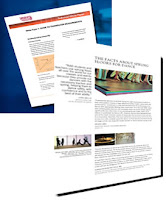
Although press releases lack the newness and novelty of social media what is basically an old idea actually works well in these new communication channels. In fact the news content is no longer just for the press as an intermediary but can be aimed straight at customers and prospects.
























